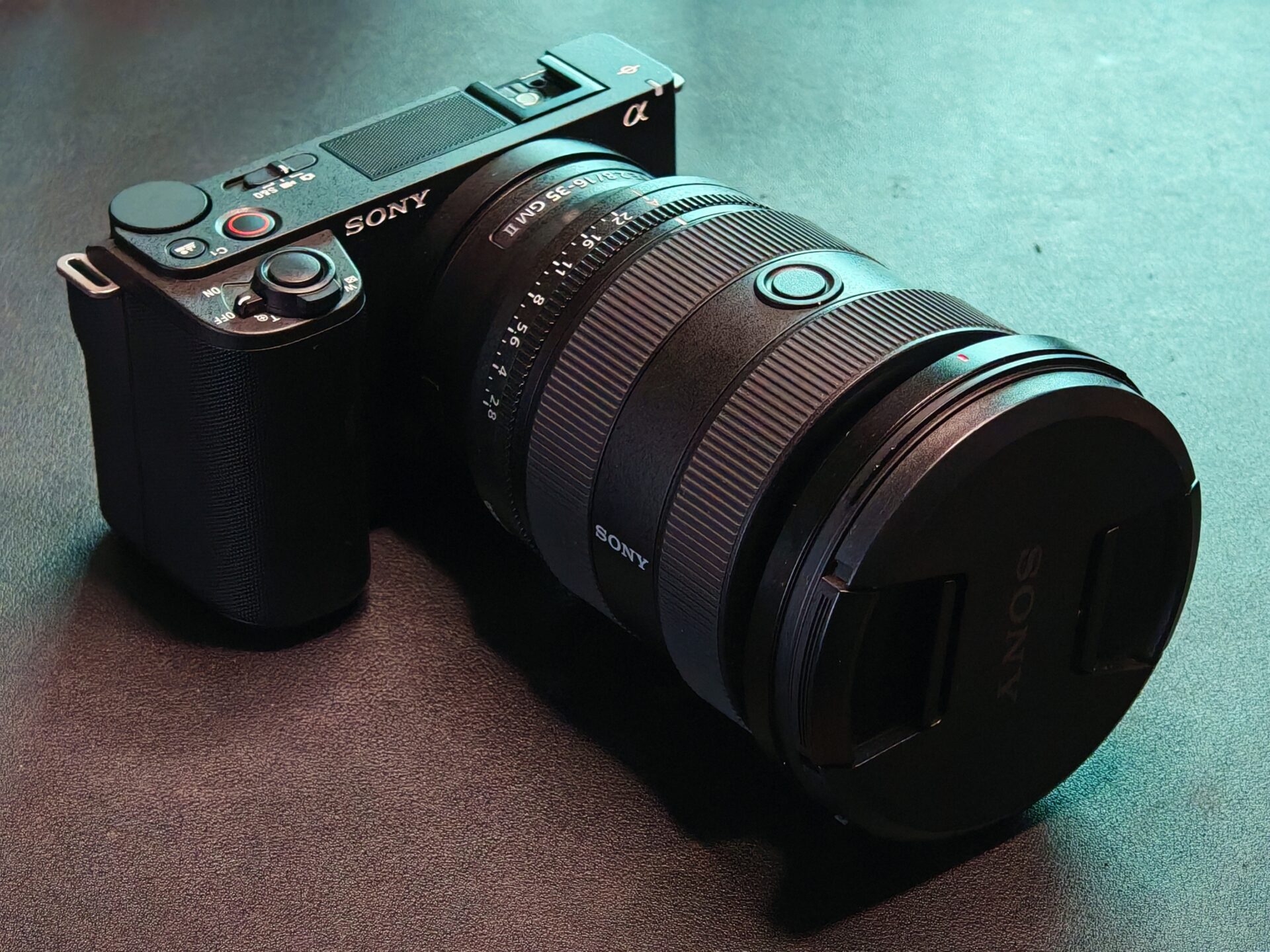
The recently updated Sony ZV-E10 II enhances many of the popular camera’s already good features that have won over fans over the years.
The new camera resembles the earlier version on the outside, yet it is just a tad bigger at 121 x 68 x 54mm. The relatively small body – compared to larger professional cameras – is perfect for smaller hands and is easier to pack when travelling. Of course, those who want a firmer hold can get a camera cage with a beefier, taller grip.
The Sony ZV-E10 II has a rear 3-inch screen that swings to the front for vlogging. At the top are the microphone, camera mode switch, hot-shoe, zoom lever, custom button, and thumb wheel to change settings.
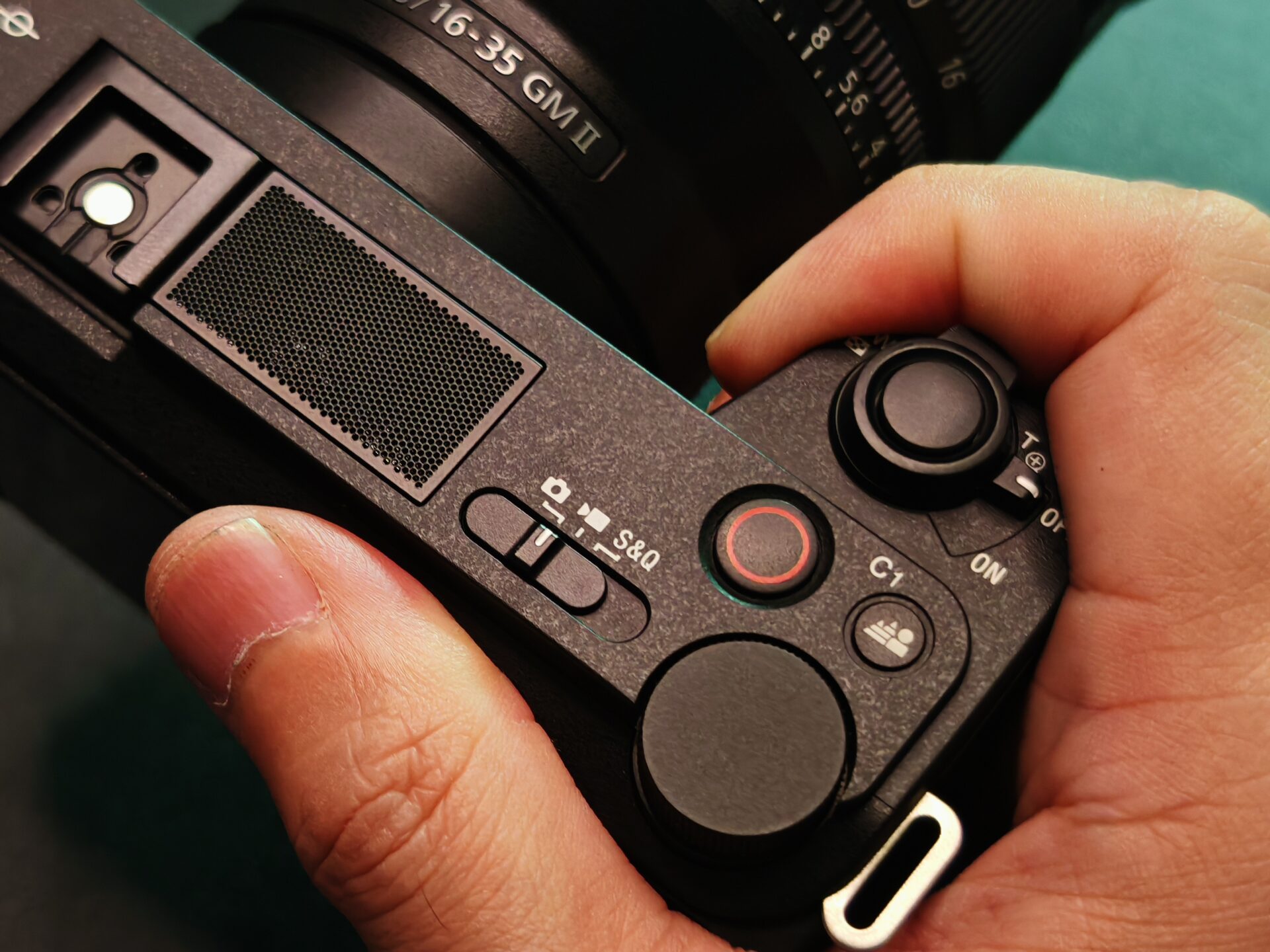
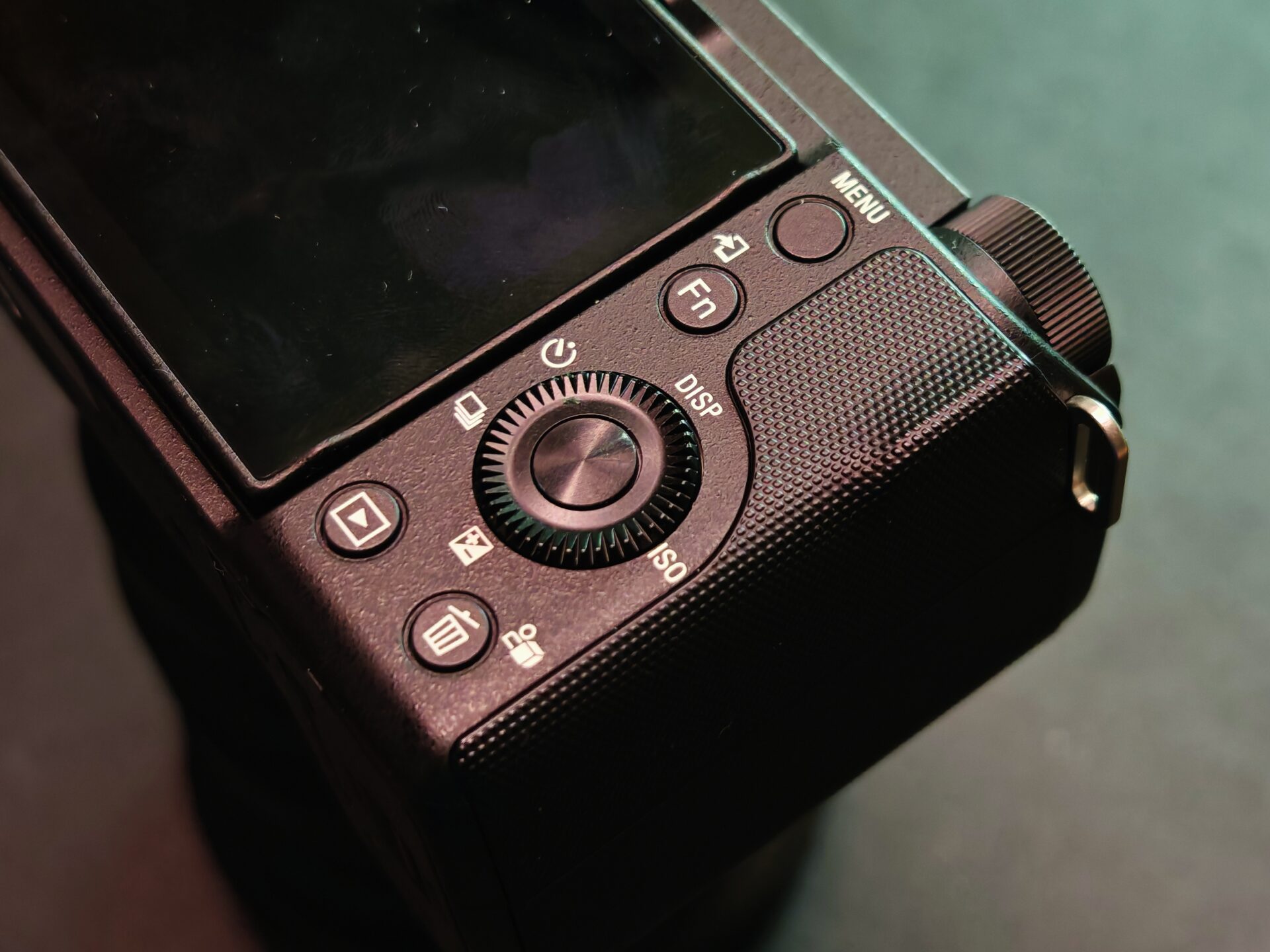
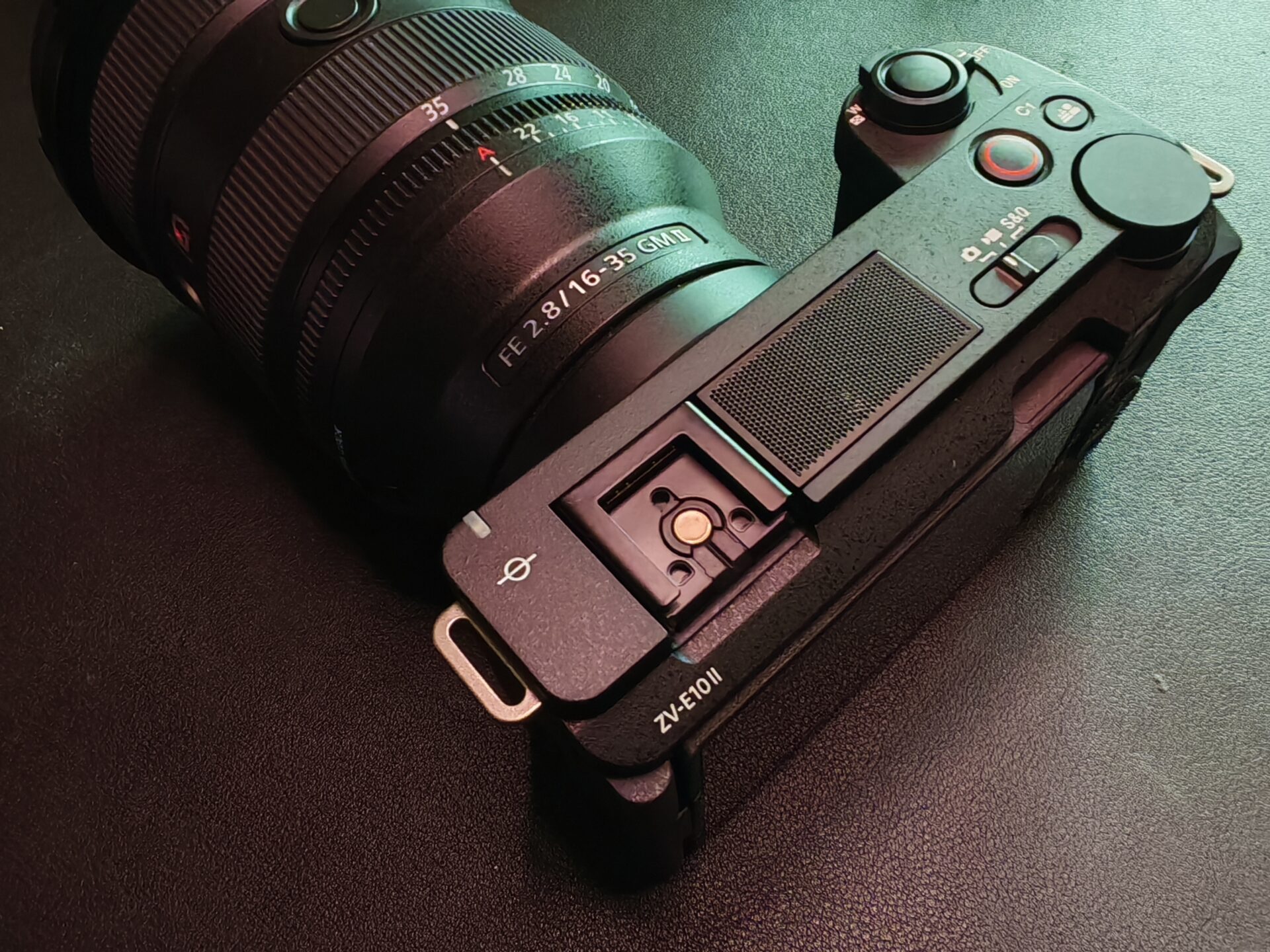
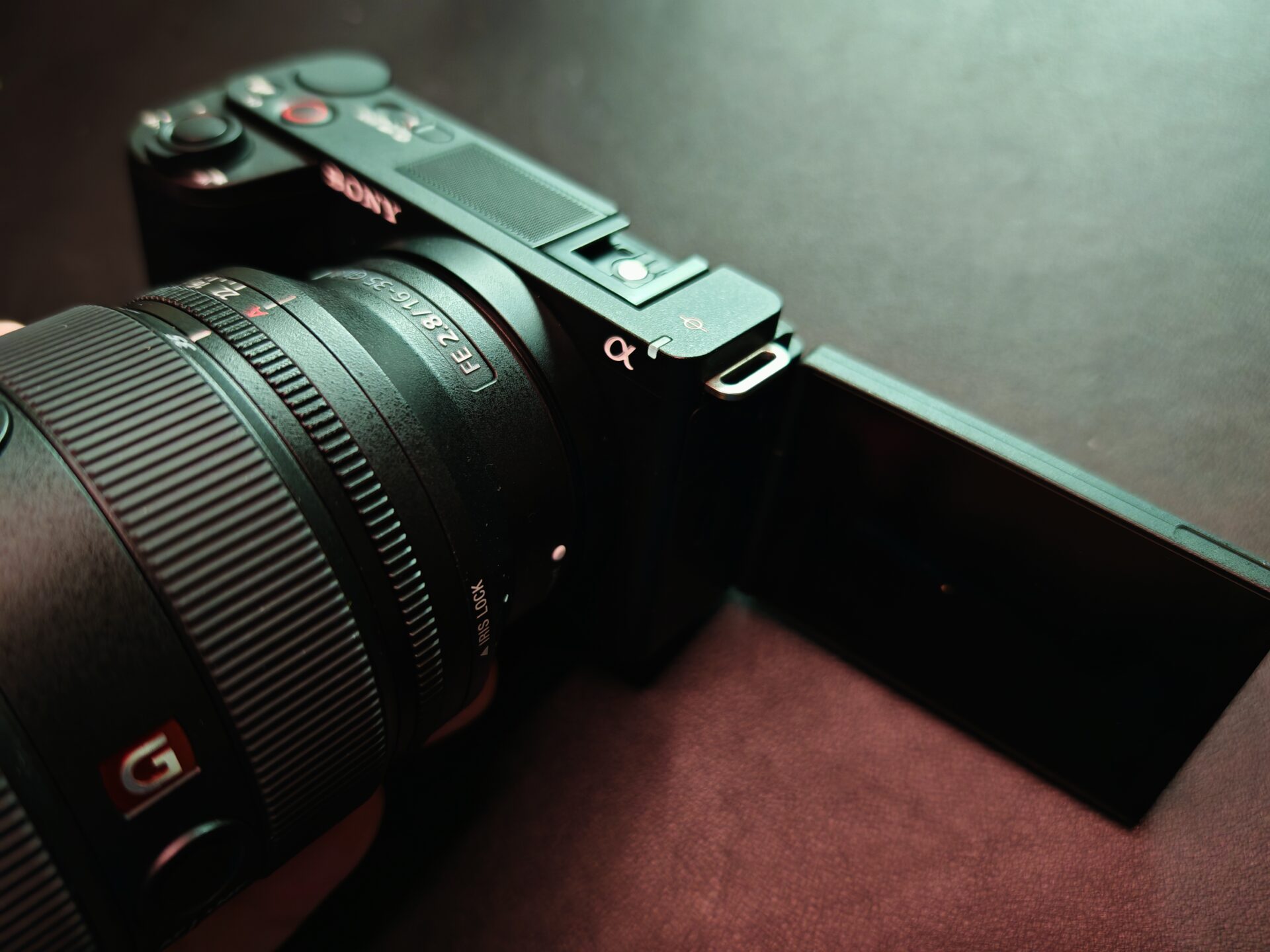
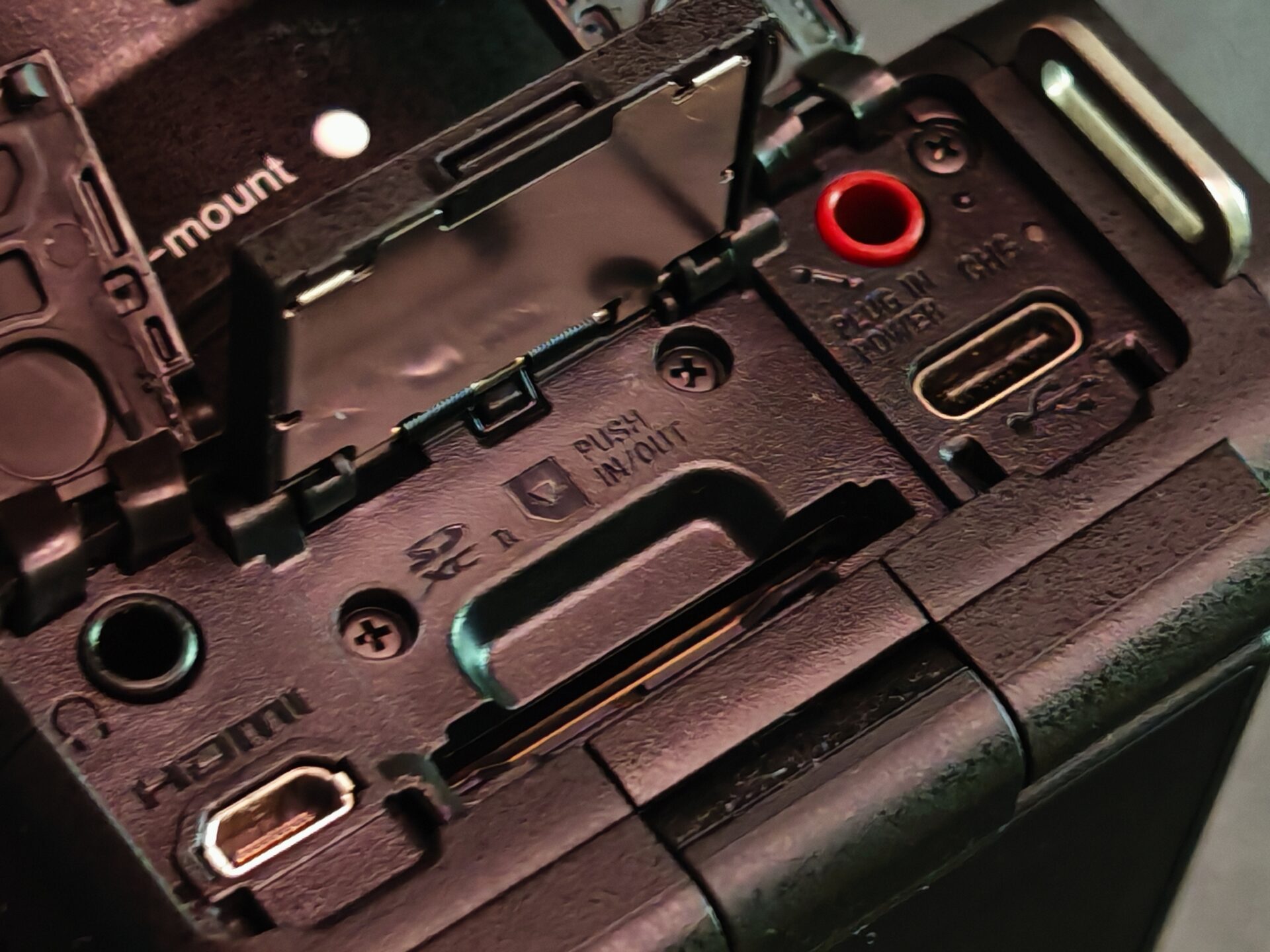
Inside, the camera has a more light-sensitive 26-megapixel back-side (BSI) illuminated APS-C CMOS sensor, a good upgrade from the previous 24-megapixel non-BSI sensor. This will improve images taken in low light and reduce the rolling shutter effect, where vertical lines are slanted when the camera moves.
The camera can monitor audio recordings using an external microphone system via the 3.5mm headphone and microphone jacks. While the camera’s microphone does an acceptable job, I prefer a clip-on microphone for better audio.
The Sony ZV-E10 Mark II has also improved on 4K recording capabilities. It can record up to 60 frames per second in 4K resolution for slow-motion footage.
The ability to record in 10-bit 4:2:2 also means better colour representation in video files used for post-production work. The good news is that the camera uses the full sensor to record in 4K/30p and at 1.1x when shooting in 4K/60p, giving you the best possible video quality.

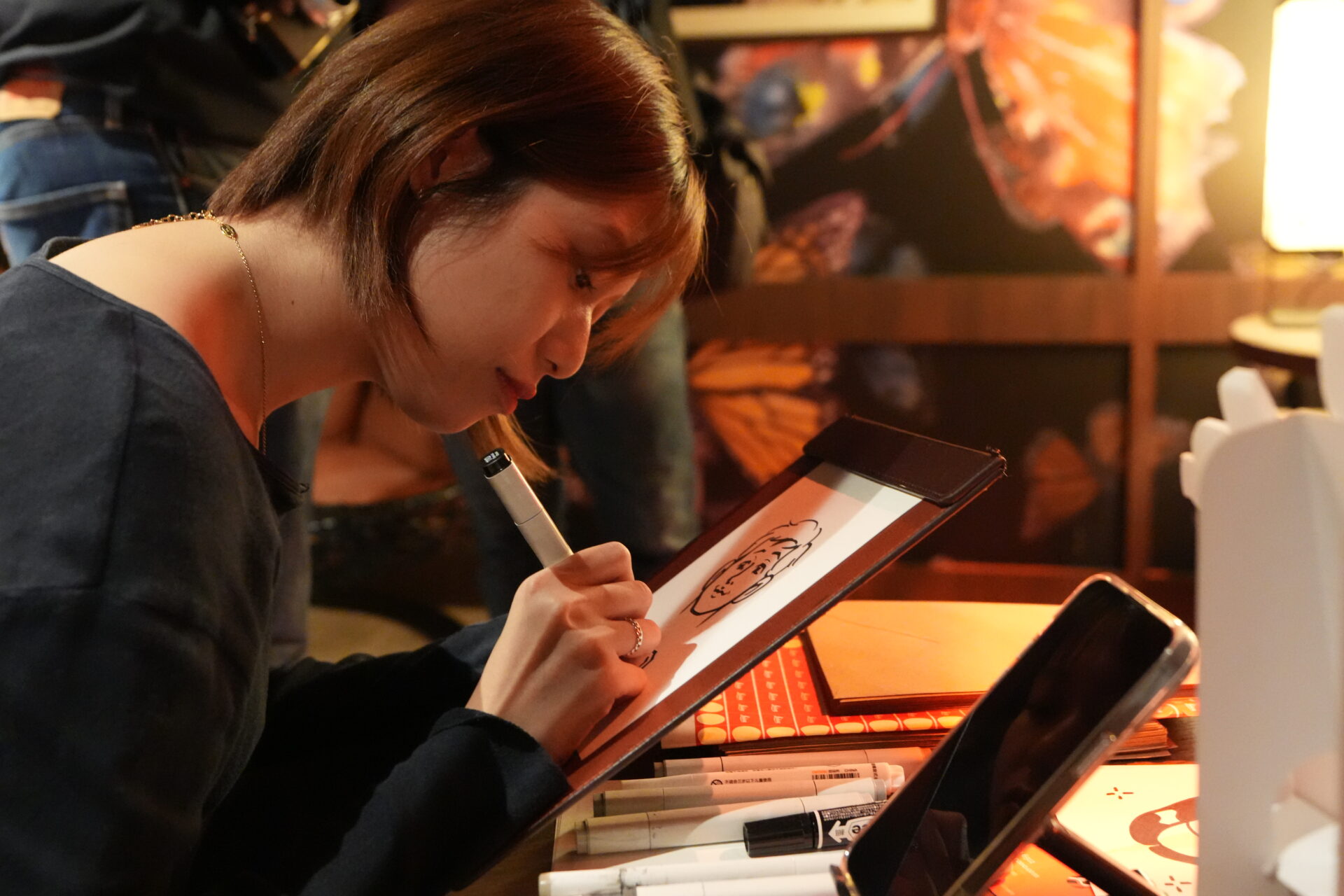

One interesting shooting mode on this camera is the Product Showcase function. It lets you focus closely on a product in front of the lens, then have a quick change of focus back to your face when the product is put away. Perfect for those who are selling items on live streaming channels.
Yes, many features on the Sony ZV-E10 II seem to be made for online content creators. If you like shooting pictures with filters, it has Creative Look filters. These filters allow users to create mood colours in their photos and videos, customising them for a more unique look.
That said, for those used to bigger mirrorless cameras, the ZV-E10 II is more of a hassle when changing different exposure modes. For example, to switch from Program mode to Aperture mode, I have to use the rear screen to select it.
It’s a good thing there’s a workaround – I can customise both the control wheels and set them for aperture/shutter speed control under Manual Settings. This makes it easier to adjust the camera while shooting.
If you’re upgrading your content creation from a smartphone to a “proper” camera, the Sony ZV-E10 II does not require a steep jump. Still, advanced users will find that the lack of a viewfinder a deal-breaker. To its credit, the rear screen is bright enough to be used under bright sunlight without the need for a viewfinder.
On the whole, the many thoughtful features do make a difference for its intended audience. For example, the user interface changes orientation whenever I rotate the camera horizontally to vertically. Content creators will appreciate this when transitioning between a regular video and a TikTok or Instagram Reel video.
Another nice feature is the wireless connection between the camera and the desktop, which allows you to control the camera through your home’s wireless access point, for example. To livestream via your PC stably, however, it is still best to connect the camera using a USB-C cable and use the Sony camera as a high quality webcam.
In Singapore, the Sony ZV-E10 II costs S$1,649 with the kit lens. That’s an affordable deal for a learner camera or something more capable and versatile than your smartphone.
If you want more control over your images, you may buy the camera body alone (for S$100 less) and seek out a better lens. I’d go for the Sony 16-35 f2.8 GMII, which becomes a 24-52.5mm full-frame equivalent lens when connected.
It’s more flexible and lets you shoot well in low-light environments. Just note that the camera’s electronic stabilisation does not work with this lens.






